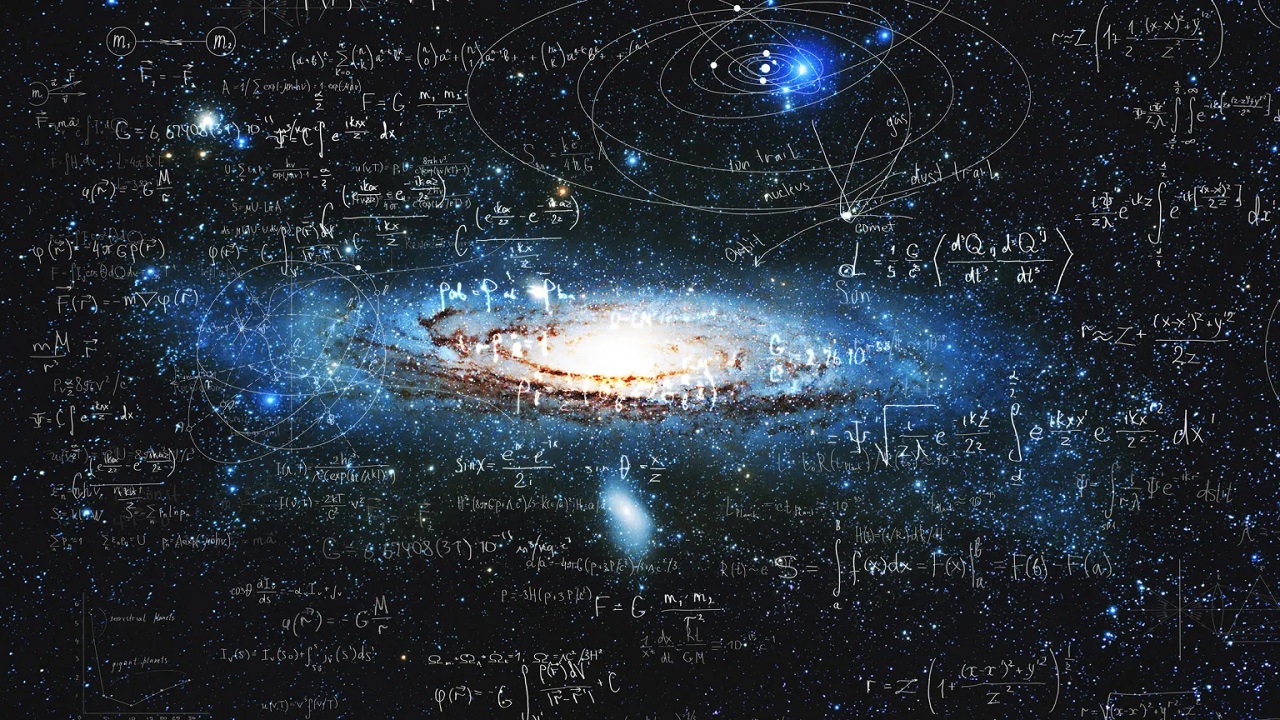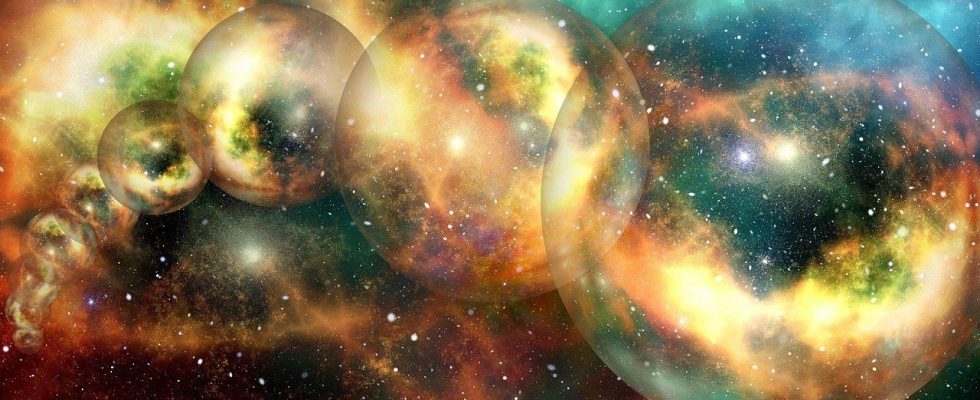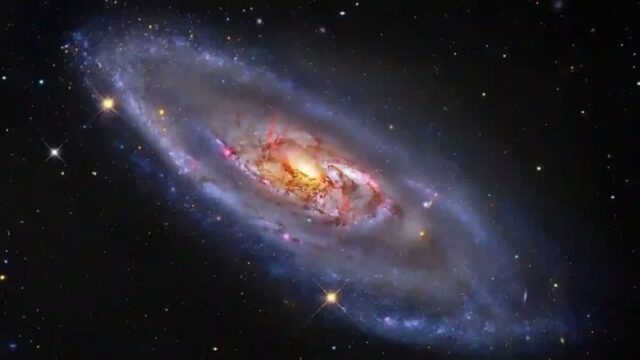The galaxy we live in is quite old. Although scientific studies are progressing rapidly, we have not yet understood the secrets of the universe. Research continues unabated. Scientists have recently raised a new question: Is our galaxy floating in a huge void? Here are the details…
Hubble Bubble theory disproves Einstein’s theory!
The scientific world has been trying to unravel the secrets of the universe for years. Observations of space telescopes make observations to unravel the mysteries of the universe and how the galaxy we live in was formed. Scientists have been thinking for almost a century that they may have been approaching this situation wrong. They put forward a new theory that suggests that our galaxy may be surrounded by a void. This will help explain the acceleration better. Scientists call this theory “Hubble Bubble Theory”.

For years, scientists have explained the acceleration of the expansion of the universe using a theory known as the Hubble-Lemaitre constant. This theory says that the speed at which galaxies are moving away from each other is directly proportional to how far they are from each other. Unfortunately, real-world observations do not exactly agree with this constant.
University of Bonn in Germany and St. Petersburg in Scotland. University of Andrews teamed up to investigate this issue. Scientists are looking for a different solution to this problem. According to a new study by researchers, our galaxy is floating in a huge void that resembles an air bubble in a cake.
The Hubble Bubble Theory suggests that the universe is expanding faster near our galaxy than elsewhere. Researchers claim that this creates some space around us. It also notes that the region of space surrounding the galaxy has a lower density than the rest of the cosmos around us.
The current models we use to explain the universe do not account for such bubbles. Therefore, this type of research could radically change the formulas we use in astronomy. We also need to re-examine the laws and foundations on which we use authority.
Many of the current theories and formulas are based on Einstein’s theory of gravitational force. But these forces react much differently than Einstein predicted. So if we really want to understand the universe, we need to revisit them.

